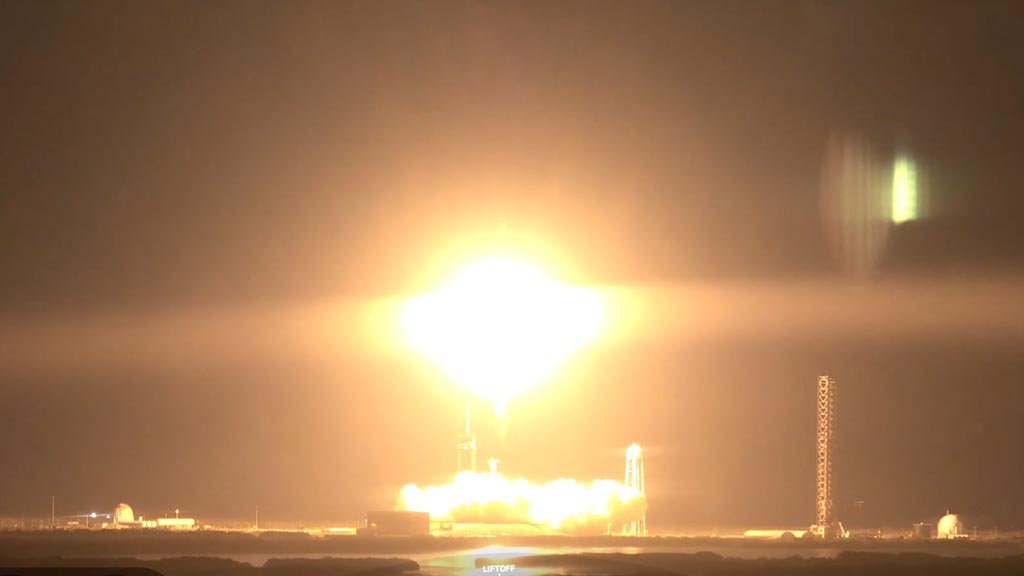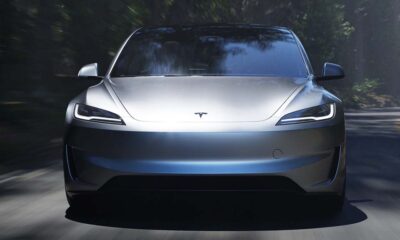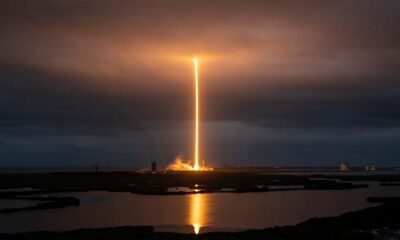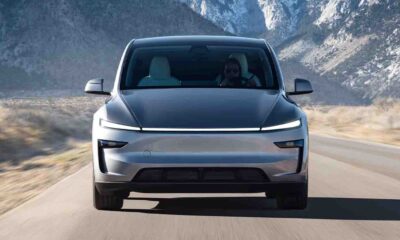SpaceX
SpaceX launches Fram2, second private human space mission to study Earth’s polar orbit

On Monday, March 31, SpaceX launched a new Falcon 9 rocket to space with Fram2, the second private human mission to Earth on Dragon spacecraft to study our planet’s polar orbit.
The rocket lifted off from Launch Complex 39A at NASA’s Kennedy Space Center in Florida. The pre-launch milestones, crew suit check and all systems received a go before the rocket’s engine ignition.
The mission will be carried by Dragon spacecraft, including Mission Commander Chun Wang, Vehicle Commander Jannicke Mikkelsen, Vehicle Pilot Rabea Rogge, and Mission Specialist and Medical Officer Eric Philips.
This multi day mission will explore the Earth from polar orbit and travel around 440 km above Earth to explore the Polar region for the first time.
The crew onboard will perform 22 researches to understand human health and impact while remaining in space for a longer period of time for exploration. During this mission, the crew will take X-Ray in space, perform studies to maintain muscle and skeletal mass and grow mushrooms in microgravity.
It will be the second mission to test laser-based communications using Starlink technologies. The crew will conduct communication on Earth with a Starlink router installed on the spacecraft.
The crew plans to return to Earth and exist from Dragon spacecraft without additional medial and operational assist. This will also help researchers to understand the ability for astronauts to perform unassisted functional tasks after short and long duration space missions.

SpaceX Fram2 mission lifted off from Launch Complex 39A at NASA’s Kennedy Space Center in Florida (Source — SpaceX)
More details
The SpaceX Dragon pod used in this mission previously supported Crew-1 launch and return from the International Space Station. It was employed in Inspiration4, the first all-civilian mission to orbit and Polaris Dawn, the first commercial mission to perform extravehicular activity from Dragon in Earth’s orbit.
The Falcon 9 booster employed for the crew launch has completed its sixth flight with this liftoff. Following a stage separation, the booster returned to Earth after maintaining its landing trajectory, and exhausting the final burn to land on a droneship stationed in the Atlantic Ocean.
SpaceX used this booster for Crew-9, RRT-1, Firefly Blue Ghost Mission 1, two Starlink missions and now to launch Fram2. After stage separation, the second stage takes on the mission with the Dragon pod.
The mission will continue for multiple days and progress through different objectives, please stay connected to our space section to know more about new developments.












